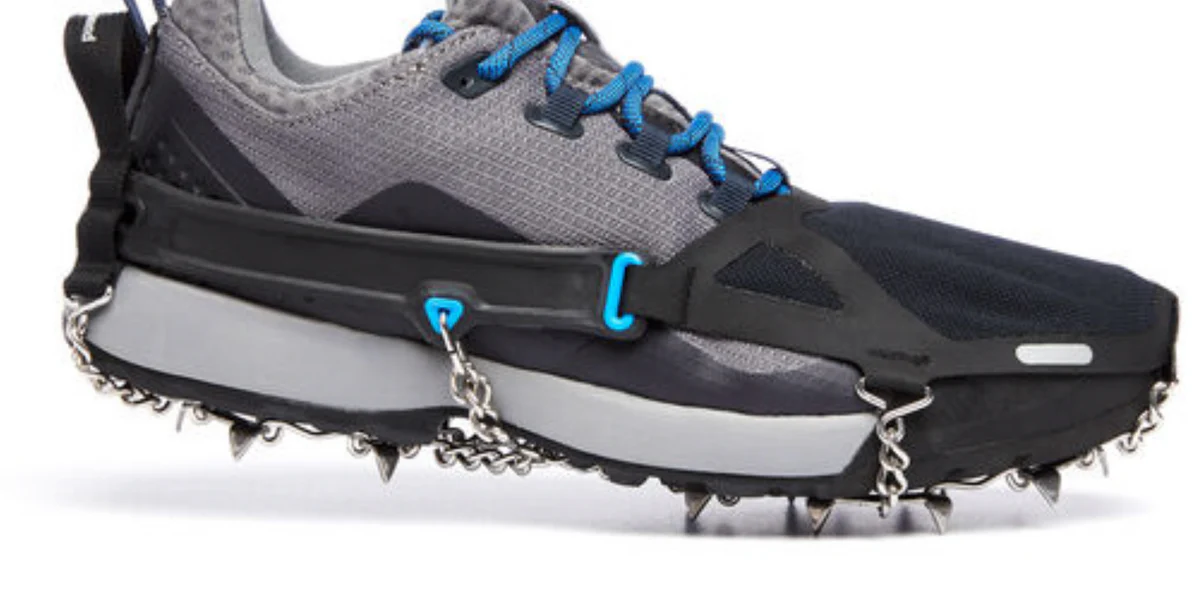Traction equipment plays a crucial role in the treatment of musculoskeletal conditions and injuries, providing therapeutic benefits for patients suffering from spinal disorders, joint pain, and soft tissue injuries. Traction therapy involves the application of a pulling force to the spine or extremities to relieve pain, reduce pressure on the joints, and improve mobility. In this comprehensive guide, we will explore the different types of traction equipment, their benefits, and their applications in healthcare.
What is Traction Therapy?
Traction therapy is a non-invasive treatment technique that involves the application of a pulling force to the spine or extremities. The goal of traction therapy is to decompress the spine, reduce pressure on the joints, and alleviate pain and discomfort. Traction can be applied manually by a therapist or using mechanical traction equipment.
Types of Traction Equipment
There are several types of traction equipment used in healthcare settings, each with its own features and benefits. Some common types of traction equipment include:
- Mechanical Traction Tables: Mechanical traction tables are specialized treatment tables equipped with traction mechanisms that allow for controlled and precise application of traction forces. These tables typically feature adjustable sections to accommodate patients in various positions, such as supine, prone, or seated.
- Overhead Traction Systems: Overhead traction systems consist of a pulley system attached to a frame or ceiling-mounted track. The patient lies on a treatment table, and traction is applied by attaching weights or a pneumatic pump to the pulley system. Overhead traction systems allow for customizable traction force and angle of pull.
- Cervical Traction Devices: Cervical traction devices are specifically designed for traction therapy targeting the cervical spine (neck). These devices typically consist of a padded head halter or collar connected to a traction unit via ropes, cables, or pneumatic hoses. Cervical traction devices can be used in both seated and supine positions.
- Lumbar Traction Devices: Lumbar traction devices are designed for traction therapy targeting the lumbar spine (lower back). These devices typically consist of a pelvic harness or belt connected to a traction unit via ropes, cables, or pneumatic hoses. Lumbar traction devices can be used in both supine and prone positions.
Benefits of Traction Therapy
Traction therapy offers several benefits for patients suffering from musculoskeletal conditions and injuries. Some of the key benefits of traction therapy include:
- Pain Relief: Traction therapy helps to decompress the spine, reduce pressure on the joints, and alleviate pain and discomfort caused by spinal disorders, joint pain, and soft tissue injuries. By relieving pressure on the affected area, traction therapy can help to reduce inflammation and improve mobility.
- Improved Spinal Alignment: Traction therapy helps to correct spinal misalignments and improve spinal alignment. By applying a pulling force to the spine, traction therapy can help to realign the vertebrae, reduce spinal curvature, and improve overall spinal health.
- Increased Joint Mobility: Traction therapy helps to increase joint mobility by stretching and mobilizing the soft tissues surrounding the joints. By applying a pulling force to the joints, traction therapy can help to improve range of motion, flexibility, and joint function.
- Reduced Nerve Compression: Traction therapy helps to reduce nerve compression by decompressing the spinal discs and relieving pressure on the nerves. By reducing nerve compression, traction therapy can help to alleviate symptoms such as radiating pain, numbness, tingling, and weakness.
Applications of Traction Therapy
Traction therapy is commonly used to treat a variety of musculoskeletal conditions and injuries, including:
- Herniated Discs: Traction therapy can help to reduce pressure on herniated or bulging discs, relieve nerve compression, and alleviate symptoms such as back pain, leg pain, and sciatica.
- Degenerative Disc Disease: Traction therapy can help to decompress the spinal discs, improve disc hydration and nutrition, and slow the progression of degenerative disc disease.
- Spinal Stenosis: Traction therapy can help to decompress the spinal canal, reduce pressure on the spinal cord and nerves, and alleviate symptoms such as back pain, leg pain, and numbness or weakness in the extremities.
- Facet Joint Dysfunction: Traction therapy can help to decompress the facet joints, reduce pressure on the joints, and alleviate symptoms such as back pain, stiffness, and reduced range of motion.
- Spondylolisthesis: Traction therapy can help to realign the vertebrae, reduce spinal curvature, and alleviate symptoms such as back pain, stiffness, and nerve compression.
Considerations for Traction Therapy
While traction therapy can be highly effective for many patients, it may not be suitable for everyone. Before undergoing traction therapy, patients should consider the following factors:
- Contraindications: Traction therapy may not be suitable for patients with certain medical conditions or contraindications, such as acute spinal fractures, spinal cord compression, spinal instability, or severe osteoporosis. Patients should consult with a healthcare professional to determine whether traction therapy is appropriate for their specific condition.
- Treatment Protocol: Traction therapy should be administered under the supervision of a qualified healthcare professional, such as a physical therapist, chiropractor, or orthopedic specialist. The treatment protocol, including the duration, frequency, and intensity of traction therapy, should be tailored to the individual needs of the patient.
- Monitoring and Evaluation: Patients undergoing traction therapy should be monitored closely for any adverse reactions or side effects. The treatment should be evaluated regularly to assess its effectiveness and make any necessary adjustments to the treatment protocol.
Conclusion
Traction therapy is a non-invasive treatment technique that offers several benefits for patients suffering from musculoskeletal conditions and injuries. By applying a pulling force to the spine or extremities, traction therapy can help to decompress the spine, reduce pressure on the joints, alleviate pain and discomfort, improve spinal alignment, increase joint mobility, and reduce nerve compression. With the right type of traction equipment and a customized treatment protocol, traction therapy can be an effective and safe treatment option for patients seeking relief from musculoskeletal pain and dysfunction.


Comments are closed